Iberis, or Iberian - a plant from the cruciferous family, genus - herbaceous. It has other names, in common people they call it a heterosexual, a wall prisoner, a pepperbox. It is found in nature in the foothills of the south of Europe, Asia, the Ukrainian south, in the Caucasian and Crimean mountains, in the Don steppes. The genus Iberis includes 40 interesting varieties of annual and perennial species, loving heat and frost, grassy and semi-shrub species. Perennial Iberis is planted and given him the necessary care to decorate the garden landscape, and then photos adorn the walls of city apartments, recalling the summer season. Gardeners plant Iberian as a frame of lawns, large flower beds, as a decoration of masonry, alpine hill.
Content
Description of Iberis
Iberis rests in its growth on the root root, which makes it difficult to transplant. Its shoots depend on the species, erect or creeping. Leaves of simple shape, small size, dark green color. Decorate a semi-shrub inflorescence in the form of umbrellas, consisting of many small flowers with a diameter of not more than 1 cm.The color of Iberis is always magnificent, behind the mass of umbrella inflorescences leaves are not visible. The color of the flowers depends on the variety of shrub, it is pink, purple, white, lilac, red shades. Inflorescences are very fragrant, which gives the garden plot fresh air and a special aroma.
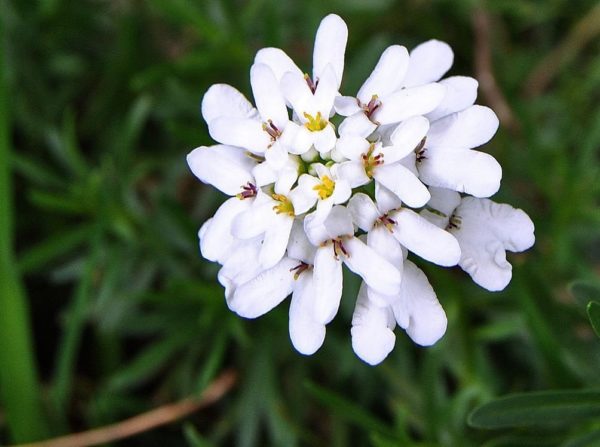
Iberis has an interesting flowering - it blooms in May or August, blooms very luxuriantly, but not for long - only about 8 weeks. Inflorescences give fruits in the form of an oval or round bivalve pod. If the seeds are dried and stored, then their germination is maintained up to 4 years.
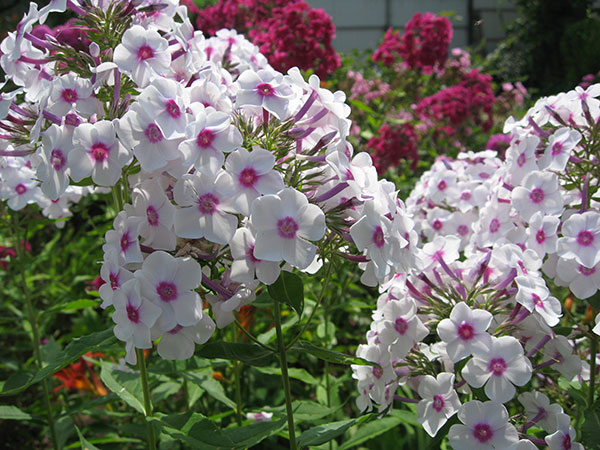 You may be interested in:
You may be interested in:Many gardeners grow perennial Iberis from seeds, planting them in greenhouses and diligently caring for him. The photo shows which instances of this amazing plant can be grown in a summer cottage.
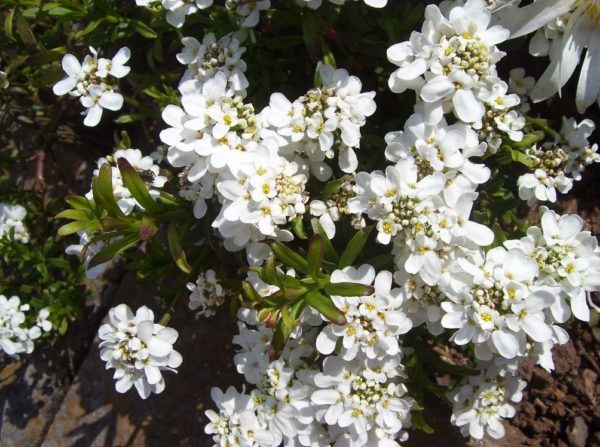
Care Features
Growing perennial Iberis after planting it in the garden, and caring for plants is not difficult. Water it only in a drought, so as not to create excess moisture on the root system.
Plants do not need top dressing. If gardeners want to receive magnificent blossoming, they feed Iberianka complex fertilizers 2 times in the summer, remove wilted flowers in a timely manner.
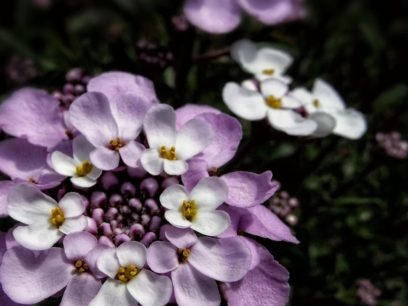
After flowering, the stems are shortened by a third to give the bushes a neat appearance. The flowers of perennial Iberis, planted at least 5 years ago, with proper care, are transplanted to keep its flowers large, and the bushes lush.
 You may be interested in:
You may be interested in:Iberian shoots are planted directly in the ground, in the warm spring, when all the frosts pass. This is usually May. In the garden, the perennial Iberis needs a lighted area with suitable soil for planting, and then maintenance will be simple. The soil is required loamy, sandy, rocky.
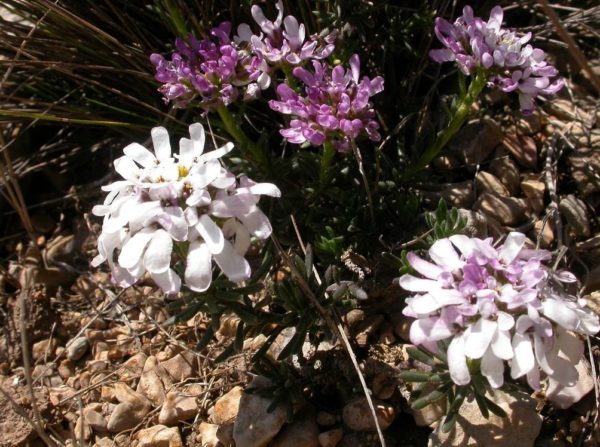
After successful flowering, seed pods grow in place of flowers. Due to the long flowering, the pods ripen constantly, collect them as they mature. Then it is dried in warmth and seeds are husked. Store seeds in a cool, dry place.
Many gardeners leave the pods uncleaned for Iberian propagation by self-sowing. With the first spring warmth at the site of last year's plantings, friendly shoots appear, they are thinned out, planted in a new place.
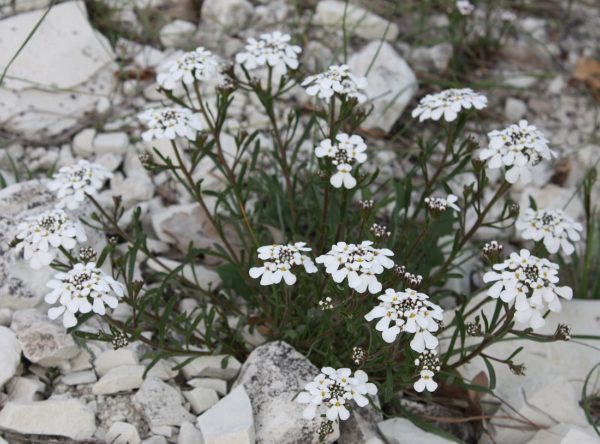
Perennial winters easily even in severe frosts. But when planting a long-term Iberis in the country, caring for him requires shelter for the winter with a spruce, the photo shows how to trim the bush beforehand, what part of it remains above the ground.
Iberian breeding
This flower grows from seeds directly sown in the ground. Often gardeners use self-sowing, because the seeds have time to take root from the fall, and they tolerate winter time well. Sowing is used in warm autumn, so that before the winter the seeds have time to give root shoots.
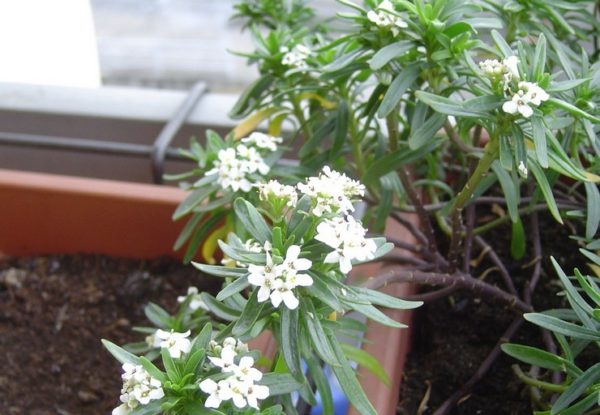
The seeds of most varieties of perennial Iberis are sown directly in the ground, with the first April warming. Sowing seeds with an interval of 2-3 weeks in different areas, this ensures a long flowering Iberian throughout the garden area.
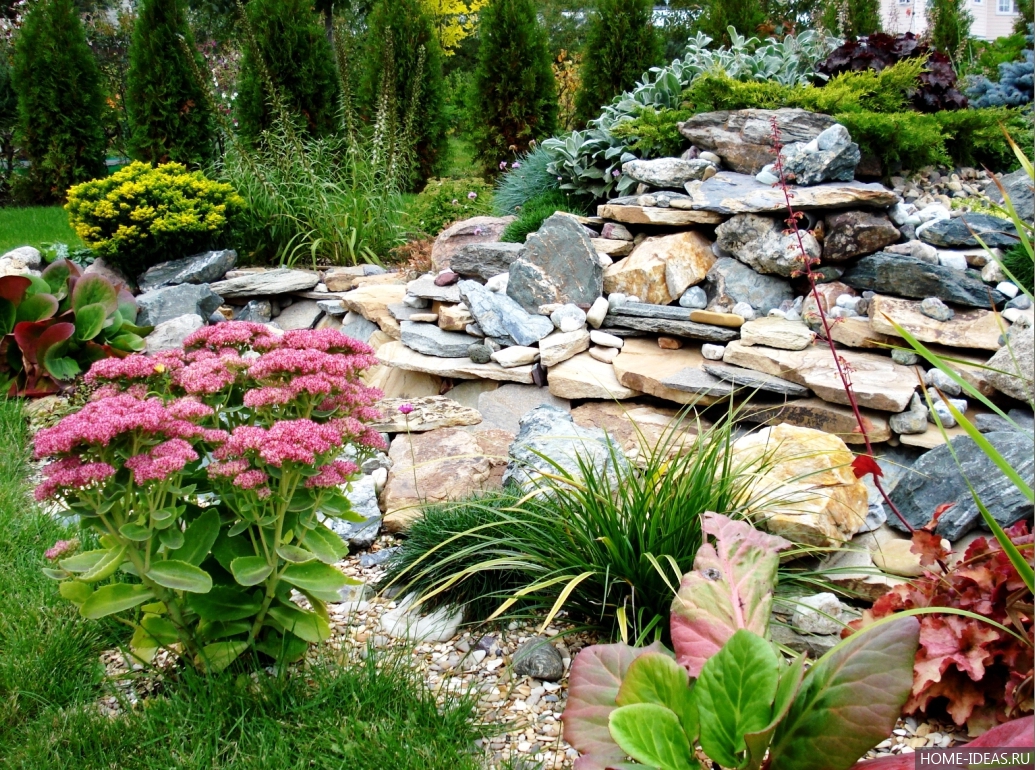 You may be interested in:
You may be interested in:The first shoots appear within 1 to 2 weeks, depending on warm weather. Young shoots thin out, leave a distance between them of 25 cm. When sowing the seeds of Iberis flowers, the owners of the cottage choose for themselves. An unpretentious plant provides a wide selection of opportunities for this.
Reproduction by seedlings suggests that summer residents sow seeds with the beginning of spring heat, so that the soil is loose, the seeds should be deepened by no more than 1 mm. On top of the sowing, the site is a little covered with sand from the riverbank, they cover the garden with glass or polyethylene to preserve moisture and heat.
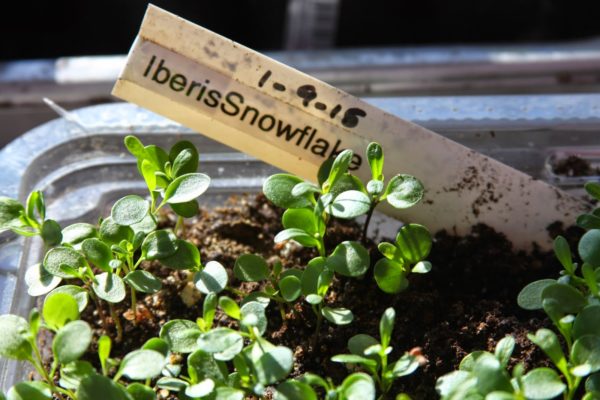
Planting seeds of Iberis flowers and caring for them is not difficult, which attracts many gardeners. For the cultivation of Iberian, they select areas where most often there is bright sunlight. The soil is well drained so as not to create stagnation of water harmful to the root system.
Sow seeds in special boxes, with the same rules. Covered boxes stand on the street, in a place well-lit by the sun. In the case of a forecast of frost, they are cleaned in a warm room. Water the crops both in the soil and in the boxes only with a sprayer, slightly moistening the top layer of soil with sand.
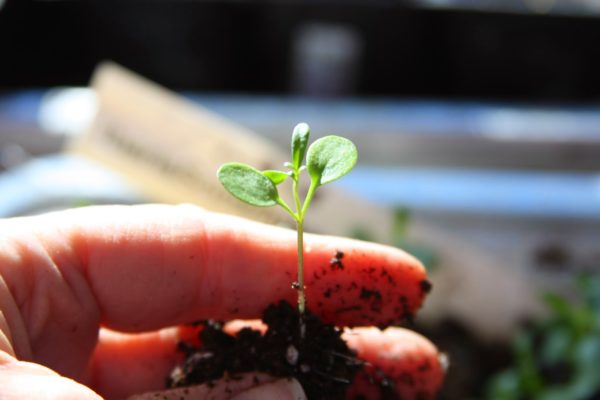
Dive seedlings are not required. They are immediately taken out of the slightly loosened earth with a lump of soil, so as not to disturb the delicate roots. Planted in flower beds with a distance of 15 cm. Then, lightly tamp the soil around fresh plantings, watered a little.
 You may be interested in:
You may be interested in:Various varieties of Iberian women pollinate if they grow close to each other. Therefore, they are planted in different areas, or with increasing distance.
Iberian is propagated by cuttings, as shown in the video. This applies to perennial varieties giving strong bushes. Cuttings of 10-12 cm are cut in June and immediately planted in moist soil. The cut place of the cuttings on the bushes is treated with ash. But often gardeners withstand cut water in the water for one day with Epin, Kornevin, Heteroauxin.
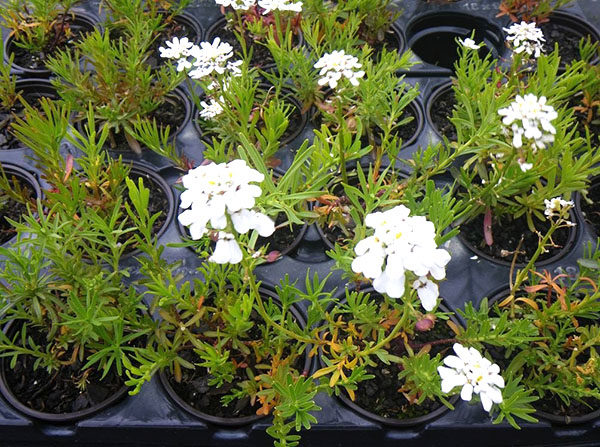
These are special tools that stimulate the growth and development of the root system. Then the cuttings are planted in flower pots so that the roots are grown and strengthened. By the end of summer they are planted on a new site.Before the first frosts come, young cuttings are strengthened in the ground, forming strong independent plants.
Bushes of 3 to 4 years of age are divided after digging, if the roots give rise to branches. They are carefully cut, the cut is treated with ash. When dividing the root system, the plants are rejuvenated, and the gardener receives young shoots for new plantings. Photos on the background of these flowers become the pride of the hostess.
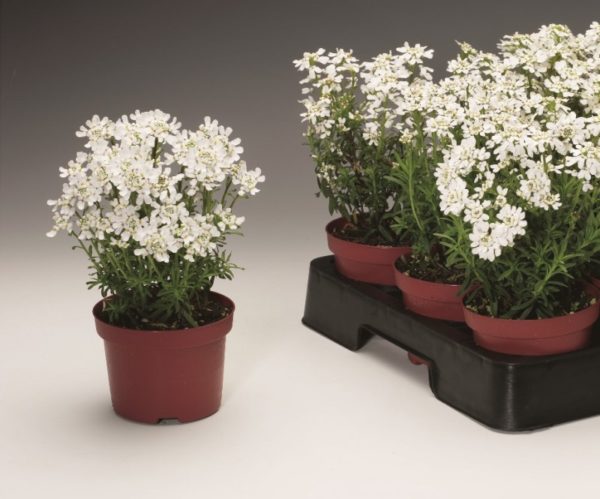
Pest and Disease Control
Caring for Iberis flowers after planting includes protection against various diseases and pests. Iberian is affected by cabbage aphids, earthen fleas, mealy worms. To get rid of fleas, it is recommended to moisten the soil around the bushes.
To get rid of aphids, infected plants are treated with a solution of potassium soap at the rate of 200 ml of the drug in half a bucket of water. After a week, re-treatment is carried out. They get rid of mealy worms twice, with a break of a week, treating plants with solutions of Mospilan, Aktar, Fitoverm.
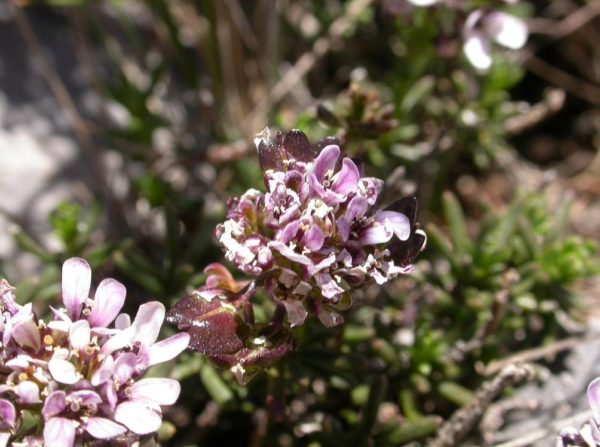
The root system is often exposed to fungal diseases. For prevention, before planting cuttings or sowing seeds, the plot prepared for Iberia is watered with a Fungicide solution.
When the fungal disease does begin, and the roots rot, the infected flowers are dug up and burned, and the place of their growth is disinfected. This plant is resistant to other diseases and insect damage. When watering according to the rules and fungi, the roots of Iberia will not be scary.
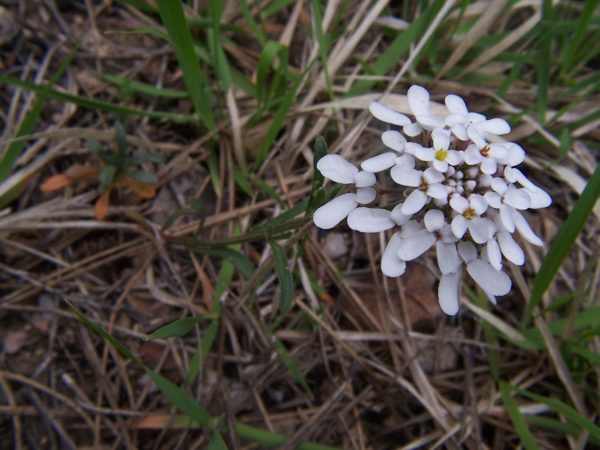
Varieties of Iberis
Of the annual varieties, gardeners cultivate 2 species of Iberian:
- Iberis Bitter, Iberisamara;
- Iberis Umbrella, Iberisumbellata.
These annuals grow to 0.3 m, at the neck of the roots, at the place of their branching, there is a noticeable pubescence. On sturdy stems, leaves in the form of plates with a serrated edge grow and racemose peduncles with many flowers of 1.5-2 cm in white or lilac color are formed.
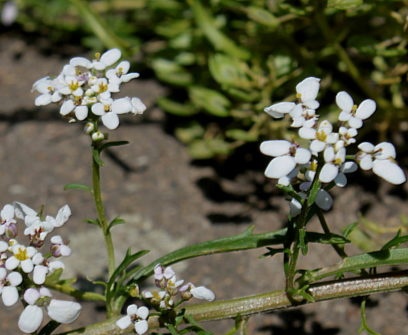
Of the other varieties most popular among gardeners:
- Iberis Tom Thumb, with bushes 15 cm tall, white flowers;
- Iberis Giacintenblutig Riesen, bushes up to 0.35 m, lilac flowers;
- Iberis Weiss Riesen, bushes up to 0.3 m, white flowers;
- Iberis Fairy Mikstce, bushes of 0.25 m, various colors of flowers.
Popular Iberian perennial varieties:
- Iberis evergreen, Iberissempervirens;
- Iberis Crimean, Iberissimplex;
- Iberis rocky, Iberissaxatilis.
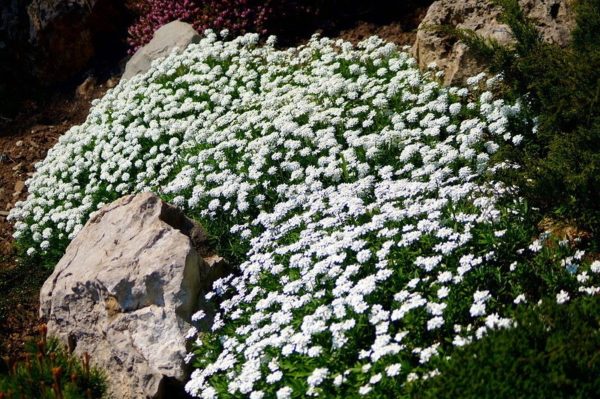
Shrubs, in particular, the long-term Iberis Gibraltar, planting and care require the usual, the photo shows their beauty and splendor. This is a semi-evergreen plant, the bush is covered with many small flowers of pink color, behind which their leaves are practically invisible. When cultivated in the garden, this variety can produce lilac and white flowers. All varieties of Iberis flowers require the same planting and care during their growth and flowering.




 Sow in the ground, without seedlings: 10 beautiful and unpretentious flowers
Sow in the ground, without seedlings: 10 beautiful and unpretentious flowers Platicodon planting and outdoor care
Platicodon planting and outdoor care Hosta - planting and care in the open ground in the Urals
Hosta - planting and care in the open ground in the Urals Oleander - care and growing at home
Oleander - care and growing at home